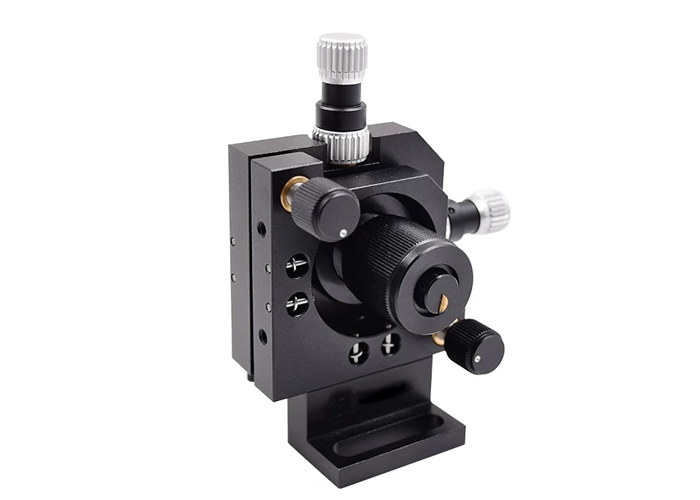A convex lens is a lens with a thick center and a thin edge.
A convex lens is made according to the refraction principle of light. Convex lenses are divided into biconvex, plano-convex, concave-convex (or positive meniscus) and other forms. Convex lenses are also called convergent lenses because they can converge light, while thicker convex lenses have telescopic and convergent functions, which is related to the thickness of the lens. Hyperopia glasses are convex lenses.
Fundamental Principle
The convex lens has a magnifying effect. The twice focal length of the convex lens is divided into two parts, and the once focal length is divided into real, imaginary and inverted.
The parallel light (such as sunlight) is injected into the convex lens parallel to the main optical axis (the line connecting the spherical centers of the two spherical surfaces of the convex lens is called the main optical axis of this lens). After being refracted twice on both sides of the lens, the light is concentrated at a point on the axis, which is called the focal point of the convex lens. The convex lens has a real focal point on both sides of the mirror. If it is a thin lens, the distance between the two focal points and the center of the lens is approximately equal. The focal length of a convex lens refers to the distance from the focal point to the center of the lens, which is usually expressed by F. The smaller the spherical radius of the convex lens, the shorter the focal length (marked as f, in English: focal length). The convex lens can be used for magnifying glasses, glasses worn by presbyopia and farsightedness people, cameras, film projectors, slide projectors, microscopes, telescopes and the like.
Principal axis: The straight line passing through the two spherical centers C1.C2 of the convex lens is called the principal optical axis of the convex lens. Optical center: the central O point of the convex lens is the optical center of the lens. Focus: the light parallel to the main axis passes through the convex lens and converges at a point f on the main optical axis, which is the focus of the convex lens. Focal length: the distance from the focal point f to the optical center o of the convex lens is called focal length, which is expressed by F. Object distance: the distance from the object to the optical center of the convex lens is called object distance, which is expressed by u. Image distance: the distance from the image formed by an object passing through a convex lens to the optical center of the convex lens is called image distance, which is expressed by V.

Imaging Principle
When the object is placed out of focus, it becomes an inverted real image on the other side of the convex lens. There are three kinds of real images: reduced, equal and enlarged. The smaller the object distance, the larger the image distance and the larger the real image. The object is placed in the focus and becomes an upright and magnified virtual image on the same side of the convex lens. The greater the object distance, the greater the image distance and the greater the virtual image. It does not image when it is in focus. When it is at twice the focal length, it will become a real image of equal handstand.
In optics, an image condensed by actual light, called a real image, can be accepted by a light screen; On the contrary, it is called a virtual image, which can only be felt by the eyes. Experienced physics teachers, when talking about the difference between real images and virtual images, often mention such a distinction method: "Real images are all upside down, while virtual images are all upright." The so-called "upright" and "inverted" are of course relative to the original object.
Matters Need Attention
1. When using convex lens, you can't touch the lens with your hands.
2. When there is strong sunlight, don't point the convex lens at inflammable and explosive materials, otherwise it will ignite the explosive materials and lead to explosion.













